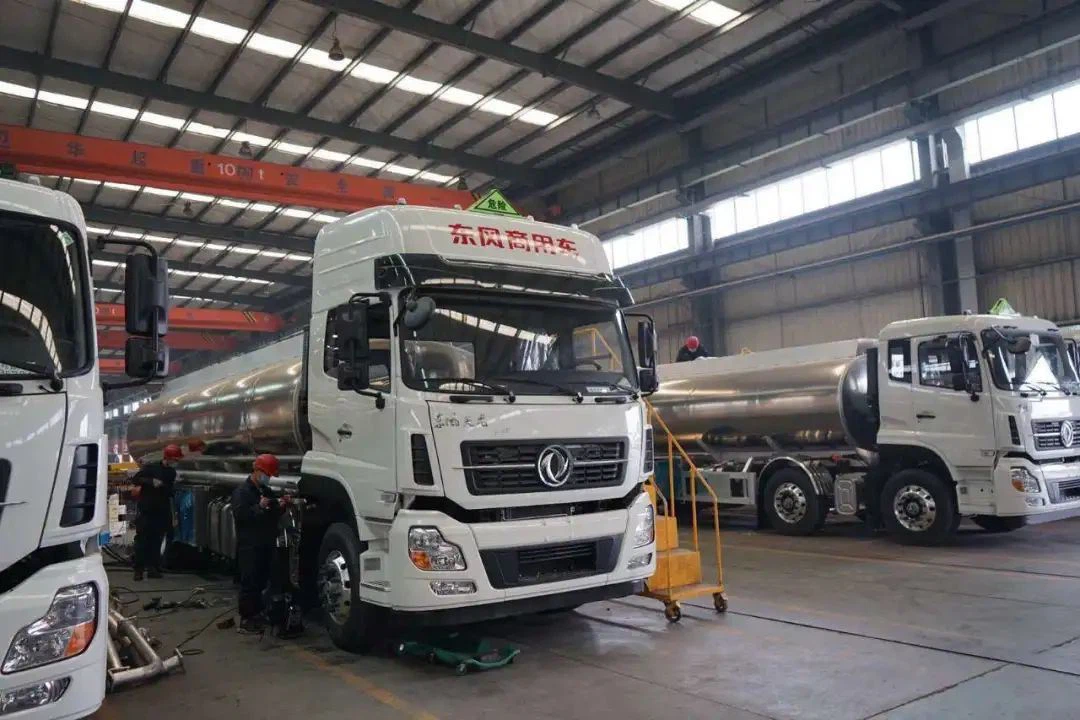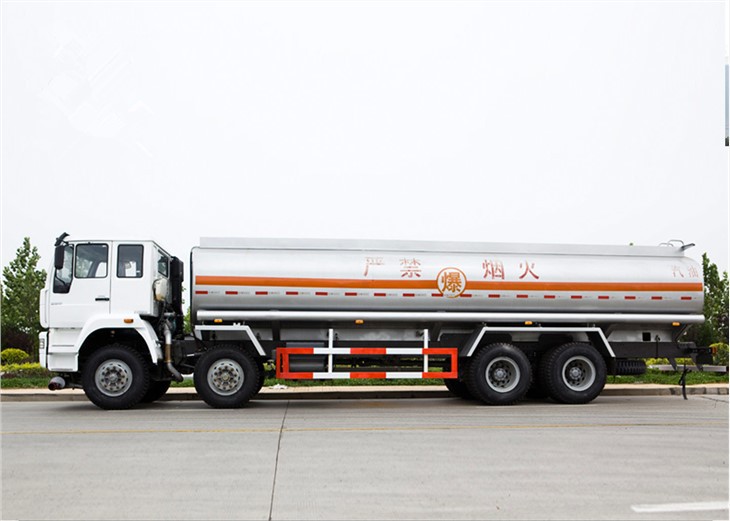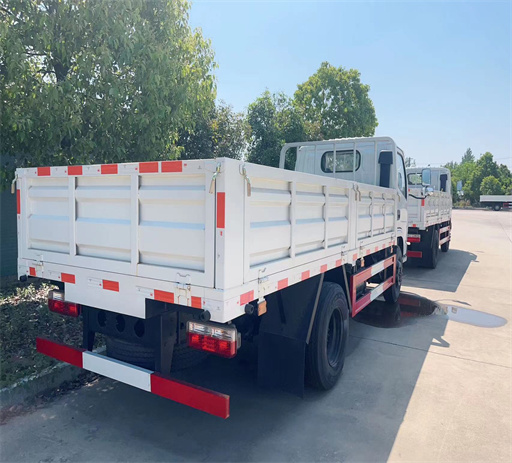Extended Cab vs Crew Cab: Which Truck Configuration is Right for You?

When it comes to choosing a pickup truck, one of the most important decisions involves selecting the right cab configuration. Among the popular options, extended cab and crew cab configurations are frequently discussed. Understanding the differences between these two setups can help you make an informed decision that best fits your needs, whether you prioritize passenger space, cargo capacity, or overall versatility.
Understanding Cab Configurations
1. What is an Extended Cab?
The extended cab, often referred to as a “super cab,” features a smaller cab area than a crew cab. This configuration typically includes additional rear seating space compared to a standard cab but is designed primarily for two front passengers and some limited rear seating. The rear seats in an extended cab are usually best suited for occasional use due to limited legroom and headroom.
2. What is a Crew Cab?
A crew cab provides a larger cabin with a full-size back seat that accommodates up to three passengers. This configuration is more like a traditional passenger car, offering ample legroom and space for adult passengers. The versatility of a crew cab makes it an excellent choice for families and those who frequently travel with friends.
Key Differences Between Extended Cab and Crew Cab
3. Space Comparison
Rear Passenger Space
The most significant difference lies in the rear passenger space. Here’s a quick table comparison:
| Feature | Extended Cab | Crew Cab |
|---|---|---|
| Rear Seat Capacity | 2-3 passengers | 3-6 passengers |
| Legroom (typically) | Less than 30 inches | 30-40 inches |
| Headroom | Limited | Ample |
Interior Comfort and Usability
In a crew cab, passengers have substantially more legroom and headroom, making it a better choice for long trips or daily commuting with multiple passengers. Conversely, the extended cab may work well for short trips or occasional use.
4. Cargo Space
Both configurations come with different bed sizes, but the cab choice slightly affects cargo space. A crew cab usually has a shorter bed to accommodate the larger passenger area. In contrast, extended cabs may feature longer bed lengths, providing more cargo capacity.
Bed Size Options
Here’s a rough comparison of bed sizes available for each configuration:
| Cab Configuration | Typical Bed Sizes |
|---|---|
| Extended Cab | 6.5 feet, 8 feet |
| Crew Cab | 5.5 feet, 6.5 feet |
Advantages and Disadvantages
5. Advantages of Extended Cab
- Longer cargo bed option.
- More suitable for those who prioritize hauling cargo over passenger comfort.
- Typically lower cost compared to crew cabs.

6. Advantages of Crew Cab
- Greater passenger comfort and space.
- More versatile for families or those who travel with multiple passengers.
- Better suited for urban driving due to interior space.
7. Disadvantages of Extended Cab
- Limited rear passenger comfort.
- Less suitable for families or frequent use of rear seats.
8. Disadvantages of Crew Cab
- Generally higher cost than extended cab configurations.
- Shorter cargo bed might not accommodate larger loads.
Who Should Choose an Extended Cab?
The extended cab might be the best fit for you if:
- You primarily need a truck for work and hauling.
- You don’t regularly transport many passengers.
- You want a longer bed for cargo and aren’t overly concerned about rear passenger comfort.
Who Should Choose a Crew Cab?
The crew cab could be more beneficial if:
- You travel frequently with family or friends.
- You need comfortable seating for multiple passengers.
- You require a versatile vehicle for both work and personal use.

Factors to Consider When Choosing Between Extended Cab and Crew Cab
9. Lifestyle and Usage
Your lifestyle plays a crucial role in your cab choice. Consider how often you will transport passengers versus cargo. If you often have family or friends in the vehicle, a crew cab is likely the better choice.
10. Budget Constraints
If you’re on a tighter budget, extended cabs typically come with a lower price tag and may provide the features you need without the extra cost.
11. Driving Environment
Consider where you will be driving most frequently. For city driving, a crew cab may be more comfortable and convenient, while an extended cab could work well for rural or industrial applications where more cargo space is beneficial.
12. Future Needs and Resale Value

Think about your future needs. If you believe you may need more passenger space down the line, it could be wiser to invest in a crew cab from the start. Additionally, crew cabs tend to hold their resale value better due to higher demand in the market.
Practical Examples and Tips
13. Test Driving Both Configurations
Before making a decision, test drive both configurations. Pay attention to how comfortable the rear seating is and whether you foresee needing that extra space. Don’t forget to check the cargo capabilities as well.
14. Looking for Specific Features
Consider what features are available in the trim levels of both the extended cab and crew cab models. Some features may only be available in specific configurations, which could sway your decision.
15. Reading User Reviews
User reviews can provide insight into the everyday usability of each cab style. Look for feedback from users who have the same priorities you do—whether that’s comfort, hauling capacity, or driving experience.
Frequently Asked Questions
16. What is the typical price difference between extended cab and crew cab pickups?
The price difference can vary by model but generally, crew cabs cost more due to their larger size and additional passenger features. Expect to pay anywhere from a few hundred to a couple of thousand dollars more for a crew cab.
17. Can you fit car seats in an extended cab?
While you can fit car seats in the back of an extended cab, it may be less convenient due to limited space. In many cases, a crew cab may provide a better solution for families with children.
18. How do insurance costs compare between the two cab styles?
Insurance costs may not significantly differ based on cab style alone; however, crew cabs potentially could have slightly higher premiums due to the increased value and size.
19. Are there limitations on the extended cab’s cargo space?
While extended cabs usually have longer bed configurations, cargo space is limited compared to crew cabs due to the cab’s design. This can restrict how much you can carry depending on your needs.
20. Which configuration has better towing capacity?
Towing capacity is primarily dependent on the truck’s engine and specific model rather than the cab configuration. Check the specifications for the specific truck you are considering.
21. Can I convert an extended cab to a crew cab later?
Converting an extended cab to a crew cab is not practical or economically feasible. It’s advisable to choose the configuration that best matches your needs from the outset.
